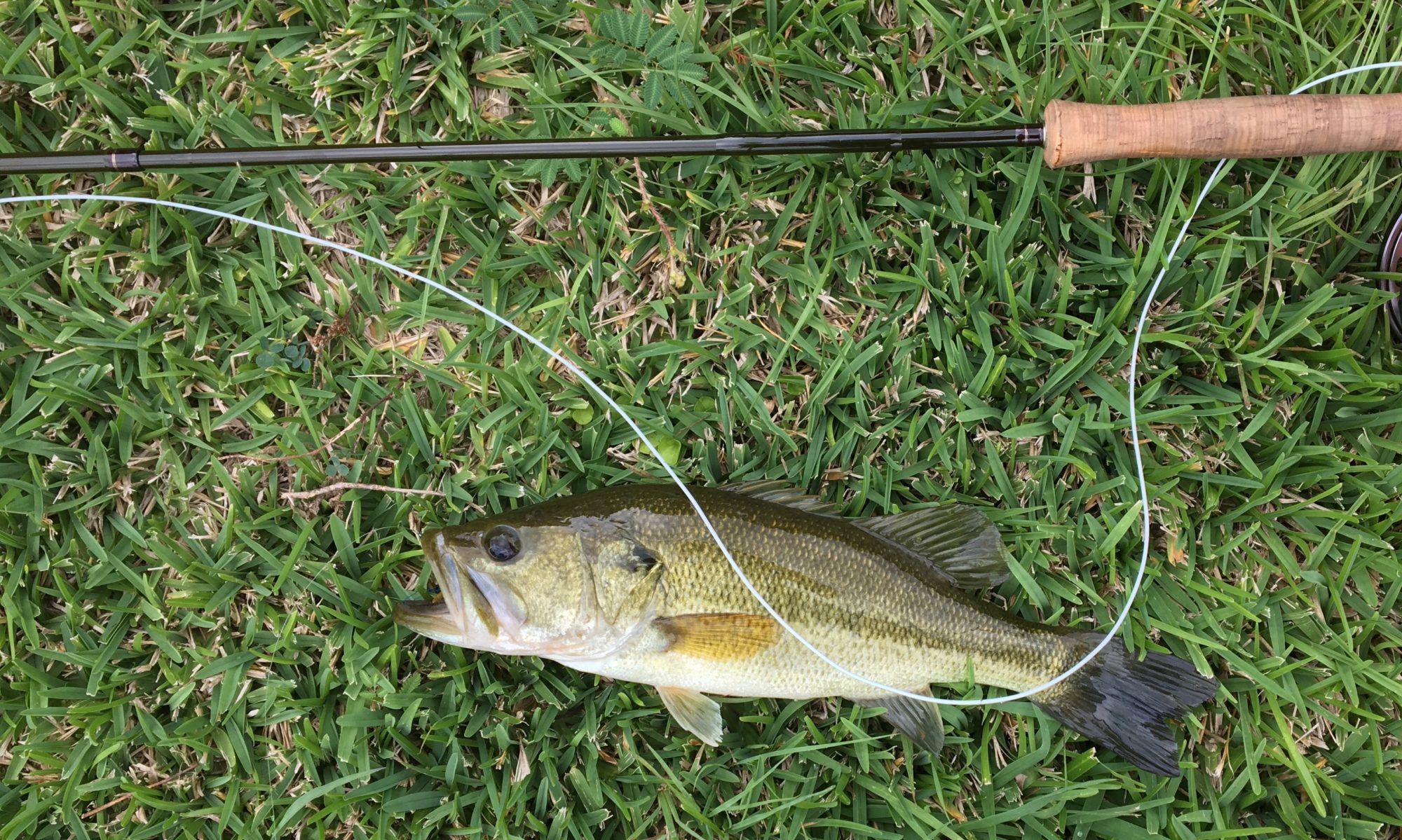
Over the Labor Day weekend we’re fishing in Illinois. This year we’ve fished in the Northeast, the South, the West, and Hawaii, and we’re on our way to Idaho, but we’ve made no trips to the Midwest. I have this premonition of us coming down to the last states with Kansas, Nebraska, North Dakota, and Indiana the last on the list, so we’re making a special effort to knock Illinois off the list. I’ve been to Illinois plenty, or at least I’ve been to Chicago plenty, but Illinois isn’t a fishing destination, no matter how much I might otherwise like Chicago
And I do like Chicago. Chicago overwhelms the state, but the population in the corporate limits of the city is declining. In 1840, Chicago’s population was 4,470, St. Louis’s 77,860, and New Orleans’ 116,375. Midwestern trade ran down the Mississippi on steamboats from St. Louis and points north to New Orleans. While St. Louis and New Orleans thrived, Chicago was a frontier settlement badly located in a muddy swamp. Trains changed everything. By 1900, six years before one of the great Chicago novels, The Jungle, the population of St. Louis was 575,238 and the population of New Orleans was 287,104. Chicago’s population was 1,698,575.
Chicago won the 19th Century.

Three things built Chicago: meat, grain, and railroads, and Chicago’s rail and Great Lakes access to producers and markets and processing of meat and grain shaped the settlement of the the rest of the Prairies. With a McCormick reaper purchased on the installment plan (and other stuff purchased by catalogue from Sears, Roebuck), Chicago carried the Prairies into a market economy that was something new, something different. In the 18th Century Long Island farms produced grain. In the 19th Century Long Island farms converted to truck farms for produce.

Hog Butcher for the World,
Carl Sandburg, Chicago, 1914.
Tool Maker, Stacker of Wheat,
Player with Railroads and the Nation’s Freight Handler;
Stormy, husky, brawling,
City of the Big Shoulders:
Sandburg’s not much in vogue, but explaining the City of the Century in 22 lines was pretty good work.
But still, Chicago is only one city in Illinois. In 1900 the population of Chicago was 1,698,575, the population of Illinois was 4,821,550. In 1950, Chicago’s zenith and three years before Saul Bellow published another of the City’s great novels, The Adventures of Auggie March, the city’s population was 3,620,962. By 2010 the city’s population had declined to 2,695,598.

But in the 2010 census Illinois remained the sixth most populous state with 12,830,632 people, behind, in order, California, Texas, New York, Florida, and Pennsylvania. Chicago proper may have shrunk, but greater Chicago, the municipal statistical area known as Chicagoland, had a population of 9.5 million. There’s Chicago, and then there’s Chicago.
For Democrats, Illinois has been a dependable presidential vote, and Hillary Clinton carried the state in 2016 by 55.83%. There was, however, a decided rural/urban voter split, with Donald Trump carrying the rural counties.

Illinois and Chicago also have a long and distinguished mastery of political corruption and political incompetence. Four of the last seven governors of Illinois, three Democrats, one Republican, served time after leaving office. The most imaginative may have been Rod Blagojevich (D), who tried to sell the appointment for Barrack Obama’s successor in the US Senate. Its most famous congressman, Speaker of the House Dennis Hastert (R), plead guilty to structuring bank withdrawals to avoid reporting requirements, but is perhaps better known for admitting to molesting boys as a high school wrestling coach. Other well known Congressmen included Dan Rostenkowski (D) (mail fraud, 17 months) and Jesse Jackson (D) (mail and wire fraud, 30 months).
There’s also a special level of City of Chicago corruption, best captured in its 50-member Board of Aldermen. Patronage drove Chicago politics at least through the modern age, but even in the modern age the corruption is magnificent: The Economist quotes Dick Simpson of the University of Illinois, who estimates that of the 200 aldermen serving since 1969, 33 have served time for corruption. That’s only about 15%, but one suspects that there’s plenty of undetected malfeasance, and it’s 15%. Think of it being the norm for 15% of your co-workers going to work for fraud. That would be a special kind of office culture.
Of the places we’ve been, only New Orleans and Louisiana can hold a candle to Chicago and Illinois.

And the incompetence! Chicago’s pension deficit is $28 billion and there’s no real plan to fix it. And as crippling as that is, it’s a drop in the bucket when stacked up against the estimated $214 billion state pension deficit. Standard & Poor’s rates Illinois’ long-term debt at BBB-minus. Junk. Illinois government is broke and failing.
There’s plenty of good stuff to say about Chicago. The University of Chicago championed the social sciences, there’s the magazine Poetry, a fine symphony and opera, the Art Institute, and Prairie Style architecture and the modern skyscraper. There’s the White Sox. Of course there’s also the Black Sox.
Illinois did give us our greatest statesman, A. Lincoln. One can put up with a lot for A. Lincoln. And I thought Barrack Obama a very good president, and he’s at least as Illinoisian as Lincoln was.

Of course we’re going to go to Illinois to fish, and it’s not known for its fishing. I thought about trying urban fishing in the city, but honestly that feels presumptuous. It seems to me that urban fishing may be best left to local residents, and this exercise is stunt-like enough. Plus I should at least once get out of Chicago. We’ll go looking for smallmouth out of the City.

































